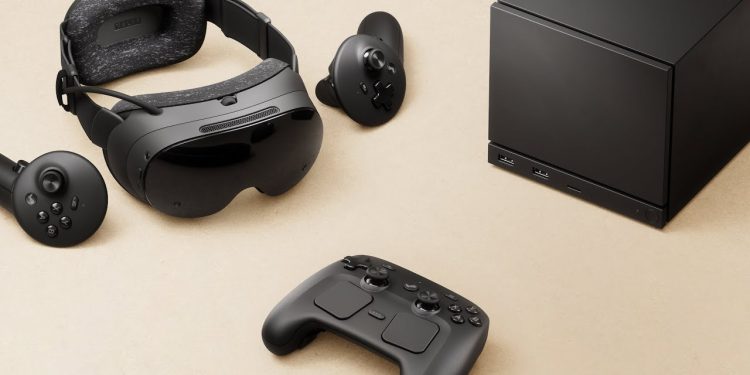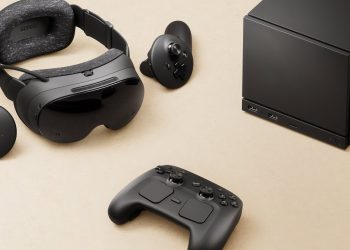Valve’s revived Steam Machine landed last week with a tidy promise – a compact mini PC that can hit 4K 60fps while sipping power. When engineer Yazan Aldehayyat spoke to Adam Savage’s Tested he explained Valve used the Steam Hardware Survey to set performance targets and said the Steam Machine is equal or better than 70 percent of what people have at home.
The number sounds impressive on paper. It also deserves a little perspective. The Steam Hardware Survey is opt-in and samples a subset of users who agree to share telemetry. That makes it a useful benchmark for relative trends, not an exact census of every active Steam account. There is another reason the 70% line feels off. This device is closer in intent to a console than to a desktop upgrade. The Steam Machine’s compact AMD APU setup shares architectural goals with living room systems, and Valve is building the experience around a controller-friendly SteamOS, low power draw, and features like AI upscaling and frame generation to hit higher effective frame rates.
That means the Steam Machine could feel better in a lounge than a GPU benchmark would suggest. Techniques such as FSR and frame generation let smaller silicon chase the look and smoothness of larger GPUs. A box that seems to “beat” older gaming PCs in real-world play may still sit well below many desktop rigs in raw rasterization tests. Valve’s decision to pick a target that places the Steam Machine ahead of a large chunk of current Steam hardware is understandable. It gives the company a defensible product story when pitching to users who have only ever bought cheap, pre-built systems or systems years ago.
Price is the real deciding factor. If Valve positions the Steam Machine as an affordable living room competitor, then the 70 percent comparison matters. If the machine lands near USD 1,000 then buying a similarly capable desktop or upgrading an existing desktop becomes more attractive. Some industry voices have already been blunt about how the Steam Machine sits in the market, and reaction will shape whether Valve’s framing lands. For background on how that debate is playing out see Baldur’s Gate 3 publishing chief reaction and our own early coverage of Valve’s reveal in our announcement coverage.
If you boil it down, the Steam Machine’s value is not just whether it outperforms older home rigs. It’s about what Valve delivers in the living room, the price, and whether the company can marry convenience with the flexibility of PC software. That is the metric players will use when the box arrives on shelves.
Please share thoughts in the comments and follow us on X, Bluesky, and YouTube for regular updates and quick takes.
























